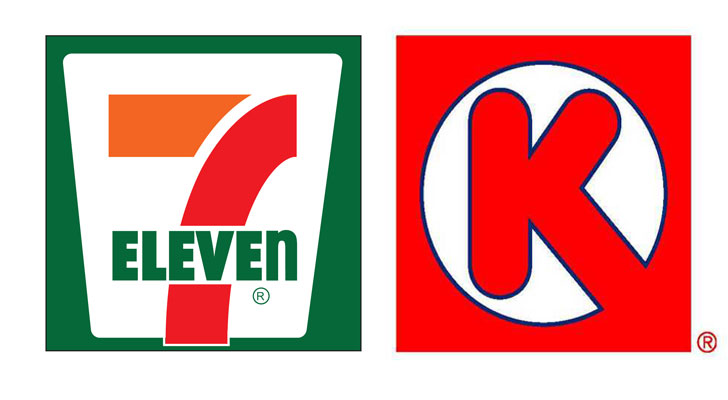Google Search, at the confirmation of the company’s search liaison Danny Sullivan, has eliminated links to page caches from its search results page. Sullivan noted, “It was meant for helping people access pages when way back, you often couldn’t depend on a page loading.” However, with significant advancements in internet technology, the need for the cache feature has diminished, leading to its retirement.
The cache feature traditionally allowed users to view a webpage as Google sees it, offering utility beyond just accessing pages struggling to load. SEO professionals utilized it for debugging purposes and monitoring competitors. Moreover, it served as a valuable tool for news gathering, enabling reporters to track changes made by companies to their websites and uncover information that might be intentionally removed. Additionally, for users facing region-based website blocks, Google’s cache functioned as a viable alternative to VPNs.


